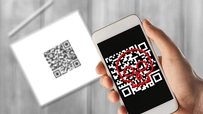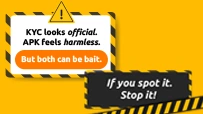How to Fill or Write a Cheque Correctly: A Comprehensive Guide
February 06, 2025
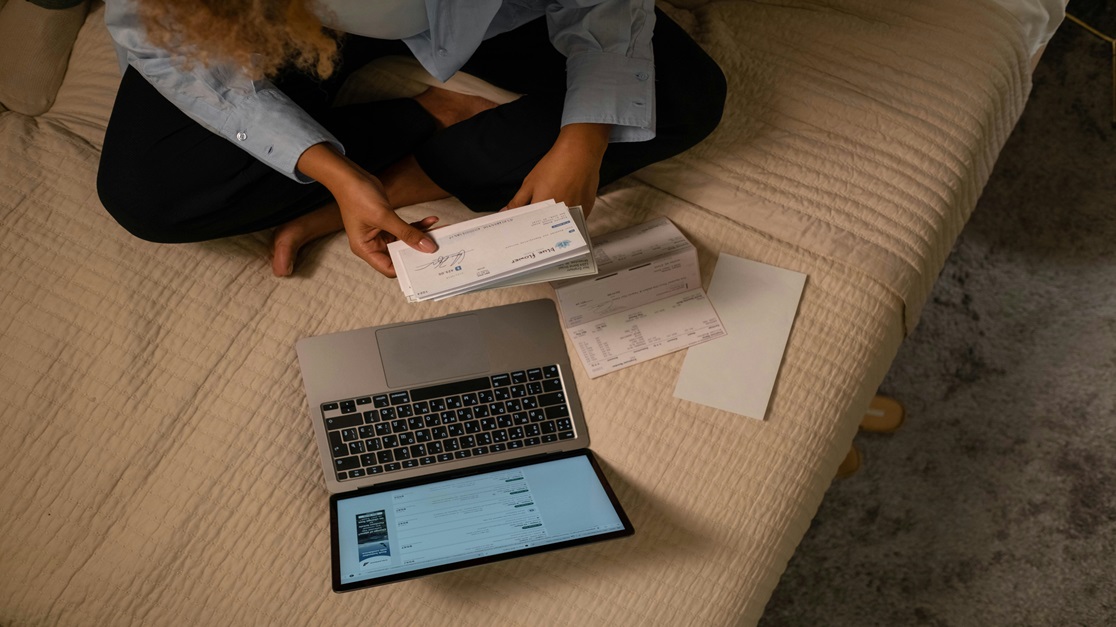
Cheques remain a significant mode of financial transactions in India, despite the rise of digital payments. Whether for personal or business use, knowing how to fill a cheque correctly is essential to prevent errors, fraud, or rejection. In this guide, we’ll walk you through the steps to fill a cheque properly, along with an overview of its types, advantages, disadvantages, and best practices.
Parts of a Cheque
Understanding the different sections of a cheque helps in filling it out accurately. Here are the key parts with examples:
- Date Field: Write the date in DD/MM/YYYY format. For example, if issuing a cheque on 5th February 2025, write it as 05/02/2025.
- Payee’s Name: Mention the name of the individual or entity receiving the payment. For instance, if paying ABC Enterprises, write “ABC Enterprises” without any spelling mistakes.
- Amount in Numbers: Enter the amount in digits, ensuring clarity and no overwriting. Example: Rs. 10,000/- should be written as "10000/-" without spaces.
- Amount in Words: Write the amount in words to avoid tampering. Example: “Ten thousand rupees only” and draw a line to prevent additions.
- Account Holder’s Signature: Sign the cheque at the bottom right corner using the signature registered with the bank.
- Cheque Number: A unique 6-digit number printed on the cheque for tracking, usually found at the bottom left.
- MICR Code: Found at the bottom, it is used for electronic processing and verification.
- IFSC Code: Helps in identifying the bank branch during electronic transactions and is printed near the MICR code.
Step-by-Step Guide to Filling a Cheque
- Write the Date: Use the current or post-dated cheque format to avoid misuse.
- Enter the Payee’s Name: Ensure correct spelling to avoid payment rejection.
- Mention the Amount in Numbers: E.g., Rs. 10,000/- (Avoid spaces between digits).
- Write the Amount in Words: E.g., “Ten thousand rupees only” and draw a line to prevent additions.
- Sign the Cheque: Use the same signature as recorded with the bank.
- Cross the Cheque (if required): For secure transactions, mark two parallel lines at the top left.
Different Types of Cheques
- Bearer Cheque: A Bearer Cheque is one where the person holding the cheque can encash it without additional verification. This type is risky as it can be encashed by anyone who has possession of it.
- Order Cheque: An Order Cheque is payable only to the individual or entity specified on the cheque. The payee needs to provide identity proof for verification before encashing the cheque.
- Crossed Cheque: A Crossed Cheque contains two parallel lines on the top left, indicating that the cheque amount can only be deposited into a bank account. This minimizes the risk of misuse and unauthorized encashment.
- Post-Dated Cheque: A Post-Dated Cheque is written with a future date, ensuring that the payee can encash it only on or after the specified date. It is commonly used for scheduled payments like loan EMIs and rent.
- Self Cheque: A Self Cheque is issued by the account holder when they need to withdraw cash for personal use. In this case, the payee field is written as “Self,” allowing the account holder to encash it at the bank.
Advantages of Using Cheques
- Secure Payment Method: Unlike cash, cheques leave a paper trail.
- Useful for Large Transactions: Ideal for business payments and loans.
- Post-Dated Payments: Enables scheduled payments.
- No Need for Cash Handling: Reduces the risk of theft or loss.
Disadvantages of Using Cheques
- Processing Time: Cheque clearance takes 1-3 working days.
- Risk of Dishonour: Insufficient funds may lead to cheque bounce penalties.
- Forgery and Fraud Risks: Signature mismatches or altered cheques can lead to losses.
- Not Ideal for Instant Payments: Unlike digital payments, cheques require manual clearance.
Best Practices for Using Cheques Safely
- Use a Permanent Ink Pen: Prevents alterations or tampering.
- Do Not Sign a Blank Cheque: Always fill in all details before signing.
- Keep Your Signature Consistent: Signature mismatches may lead to rejection.
- Issue Crossed Cheques When Possible: To reduce the risk of misuse.
- Maintain a Cheque Register: Keep a record of issued cheques.
Final Thoughts
Cheques continue to be a reliable method of financial transactions in India. While they offer security and convenience, proper usage is crucial to avoid fraud and transaction failures. By following the right steps and best practices, you can ensure seamless and secure cheque transactions.
Enjoy easy banking with Ujjivan Small Finance Bank. Save more with our high-interest Savings Account and Deposit products. Need cash for your business or personal needs? Apply for MSME Loans or Micro Loans with us – we offer competitive rates and quick disbursal. We also offer vehicle loans and home loans tailored for your unique requirements. Experience a smooth banking journey with Ujjivan SFB!
Disclaimer:
The contents herein are only for informational purposes and generic in nature. The content does not amount to an offer, invitation or solicitation of any kind to buy or sell, and are not intended to create any legal rights or obligations. This information is subject to updation, completion, amendment and verification without notice. The contents herein are also subject to other product-specific terms and conditions, as well as any applicable third-party terms and conditions, for which Ujjivan Small Finance Bank assumes no responsibility or liability.
Nothing contained herein is intended to constitute financial, investment, legal, tax, or any other professional advice or opinion. Please obtain professional advice before making investment or any other decisions. Any investment decisions that may be made by the you shall be at your own sole discretion, independent analysis and evaluation of the risks involved. The use of any information set out in this document is entirely at the user’s own risk. Ujjivan Small Finance Bank Limited makes no representation or warranty, express or implied, as to the accuracy and completeness for any information herein. The Bank disclaims any and all liability for any loss or damage (direct, indirect, consequential, or otherwise) incurred by you due to use of or due to investment, product application decisions made by you on the basis of the contents herein. While the information is prepared in good faith from sources deemed reliable (including public sources), the Bank disclaims any liability with respect to accuracy of information or any error or omission or any loss or damage incurred by anyone in reliance on the contents herein, in any manner whatsoever.
To know more about Ujjivan Small Finance Bank Products Visit:"https://www.ujjivansfb.in"
All intellectual property rights, including copyrights, trademarks, and other proprietary rights, pertaining to the content and materials displayed herein, belong
to Ujjivan Small Finance Bank Limited or its licensors. Unauthorised use or misuse of any intellectual property, or other content displayed herein is strictly prohibited and the same is not intended for distribution to, or use by, any person in any jurisdiction where such distribution or use would (by reason of that person’s nationality, residence or otherwise) be contrary to law or registration or would subject Ujjivan Small Finance Bank Limited or its affiliates to any licensing or registration requirements.
FAQs
1. Can I write a cheque with a pencil?
No, always use a pen to avoid alterations.
2. What happens if I sign differently than my bank records?
The cheque may be rejected due to a signature mismatch.
3. How long does it take to clear a cheque?
It usually takes 1-3 working days for a local cheque and up to 7 days for outstation cheques.
4. Can I cancel a cheque after issuing it?
Yes, you can request a stop payment from your bank before it is processed.
5. What should I do if I make a mistake while filling a cheque?
Cancel the cheque and issue a new one to avoid any misuse.
6. Is there a validity period for cheques in India?
Yes, cheques are valid for 3 months from the issue date.
7. What is a post-dated cheque, and how is it used?
A post-dated cheque is written for a future date and is often used for loan EMIs and rent payments.
8. Can I deposit a cheque in any bank?
Yes, but clearance time may vary if it is from a different bank.
9. What is a dishonoured cheque?
A cheque that is returned due to insufficient funds, incorrect details, or signature mismatch.
10. What is the difference between a bearer cheque and an order cheque?
A bearer cheque can be encashed by anyone holding it, while an order cheque is payable only to the specified person.
Latest Blogs

Dussehra 2025: How to Win Your Financial Battles with Smart Saving
Dussehra 2025 (also known as Vijayadashami) falls on Thursday, October 2, 2025.

eSIM Scam in India: I4C Warns Mobile Users About Rising Fraud – How to Stay Safe
The Indian Cybercrime Coordination Centre (I4C), a wing of the Ministry of Home Affairs, issued a strong warning to mobile users about the rapid increase in eSIM fraud in India.
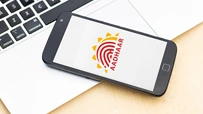
How to Link PAN with Aadhaar: Step-by-Step Guide & Consequences of Not Linking
Linking your Permanent Account Number (PAN) with your Aadhaar is no longer just a best practice.
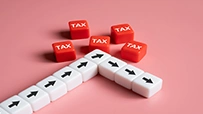
Annual Information Statement (AIS): A Complete Guide for Stress-Free ITR Filing
India’s tax season is in its final stretch.
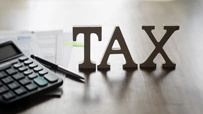
ITR-1 (Sahaj) Restrictions: Income Sources Not Allowed & Filing Rules
With just a few days left before the 15 September 2025 deadline for filing Income Tax Returns (ITRs) for Assessment Year (AY) 2025-26, many taxpayers are rushing to submit their forms online.

